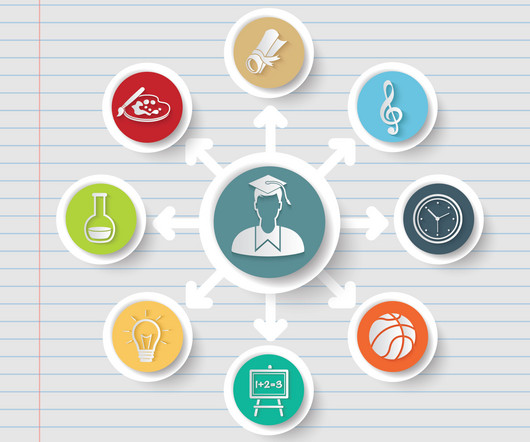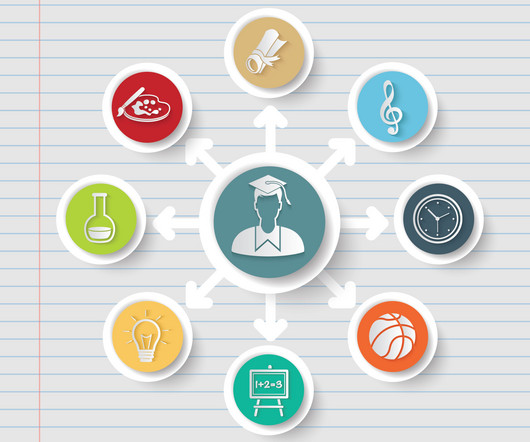Integrating Systems Thinking to Enhance Liberal Arts Curriculum through Learner-Centered Teaching
Faculty Focus
JUNE 22, 2025
Validity Criteria and Experiment Design for Validity Validity Criteria : Establishing criteria to assess the validity of information and arguments is essential in liberal arts. Experiment Design for Validity : Designing experiments or studies to test hypotheses and validate theories is a key skill.

















Let's personalize your content